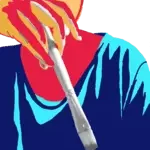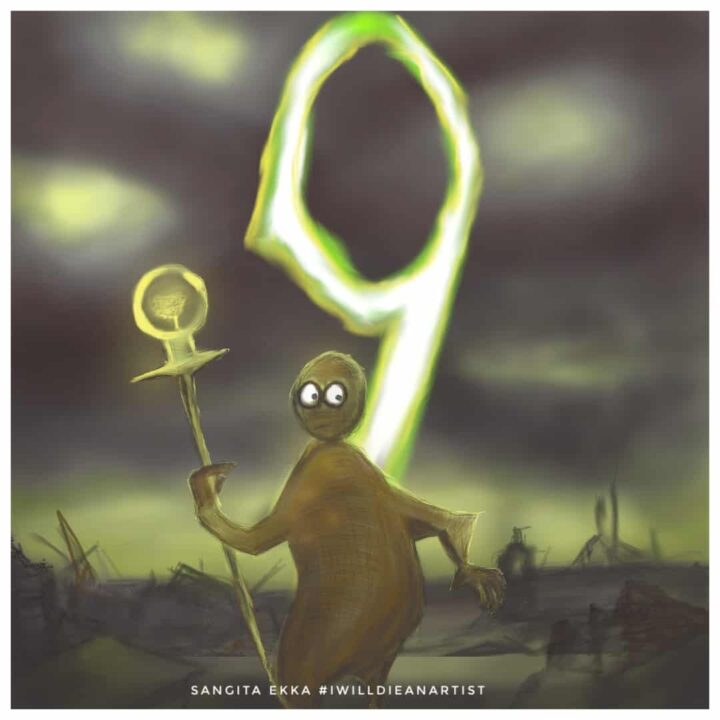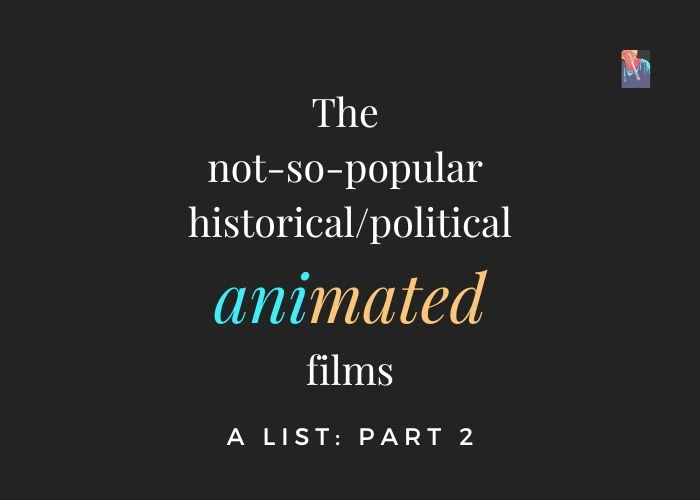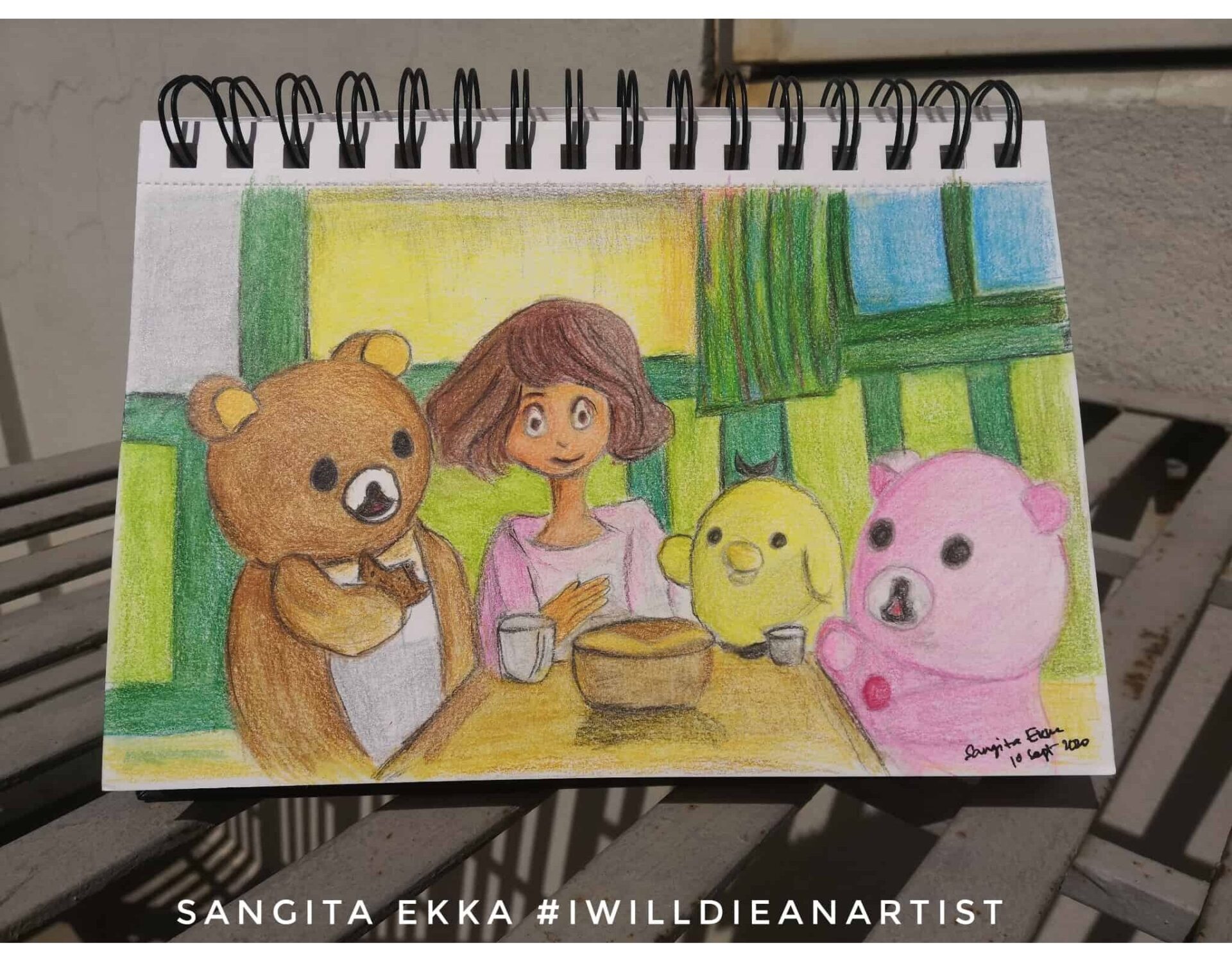On September 9th, 2009, Focus Features released the animated movie, named after the number – 9, directed by Shane Acker alongside screenwriter Pamela Pettler. She is also associated with names like Corpse Bride and The Addams Family. Right from the start, viewers can sense that 9 is different. Not only does the movie-9 straightforwardly voices about the doomsday, but it also introduces unfamiliar screen elements – ragdolls, called stitchpunks. AD It does not take long for the viewers to realize that the world known to humanity has ended, and there are only two moving entities in the post-apocalyptic setup– ragdolls and machines. We live in a world in which the desire for the evolution of technology is pacing way quicker than human evolution. These phenomena do not escape our storytelling which has also evolved to leave castles and magic behind and includes concepts of time travel, robots, and cyborgs, often with a human vs. machine theme. 9 explores this idea to imagine what the world could look like if development were purely for technological pursuits. How far will the human mind and creativity go in shaping tomorrow?“We had such potential, such promise. But we squandered our gifts, our intelligence. Our blind pursuit of technology only sped us quicker to our doom. Our world is ending. But life must go on.”
The core message of 9 is around the Latin words – “Transmutata Vitae,” meaning “transfer of life,” which to a keen observer will reveal in “Annuls of Paracelsus,” a book that enjoys a few seconds of frame in the movie but when dug deep goes back to concepts of alchemy and Paracelsus – a 16th-century physician, alchemist, theologian and philosopher who is also considered to be a pioneer of many aspects of Medical Renaissance. 9’s deep symbolism goes beyond the founding concepts. Pay special attention to the ragdolls- their personality, build, gender, age, and how their existence came into being. Pay attention to why those machines were created and how it is almost human nature to play God.“The machine was born purely out of my intellect, which I now know was not enough.”
A lesser-known fact about this movie is that it is a remake. Initially, 9 (2005) was a student project by Shane Acker at the UCLA Animation Workshop. Impressed by the short film, Tim Burton went ahead with a feature-length movie, keeping many of the original adaptations intact. 9 is a one-of-a-kind movie that leaves a lot to ponder and observe, demanding to be watched more than once. With a fixed color palette, fused steampunk and cyberpunk styles, a dark color scheme, and hidden symbolism and odes, 9 is an extraordinary story that has hope for humanity. We are living in exciting times. As technology evolves, global power dynamics change. Some bots can that can write, AI that created tons of faces available to be used for any purpose, algorithms that have defeated Go masters, and we are well on our way to gene editing. Although exciting, these changes do not come without fear. It is probably with the same spirit and fear that, through 6, the artist screams and warns – “Go back to the source.” Perhaps it would be wise to go back to Spiritus, Anima, and Corpus when there is a need to draw a line. AD“It will create new machines in its own image.”



